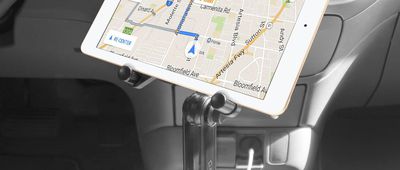Winter Driving No-Nos
Driving in winter conditions can be a harrowing and potentially perilous experience — especially when roads are coated with ice and snow. The reduced visibility, slippery surfaces, and unpredictable road conditions can increase the risk of accidents. Without proper precautions, drivers may find themselves in dangerous situations that could be easily avoided.
The key to safe winter driving lies in understanding weather conditions and adapting one's driving behavior accordingly. Here are 11 mistakes to avoid while driving on icy roads, along with solutions for each.




















